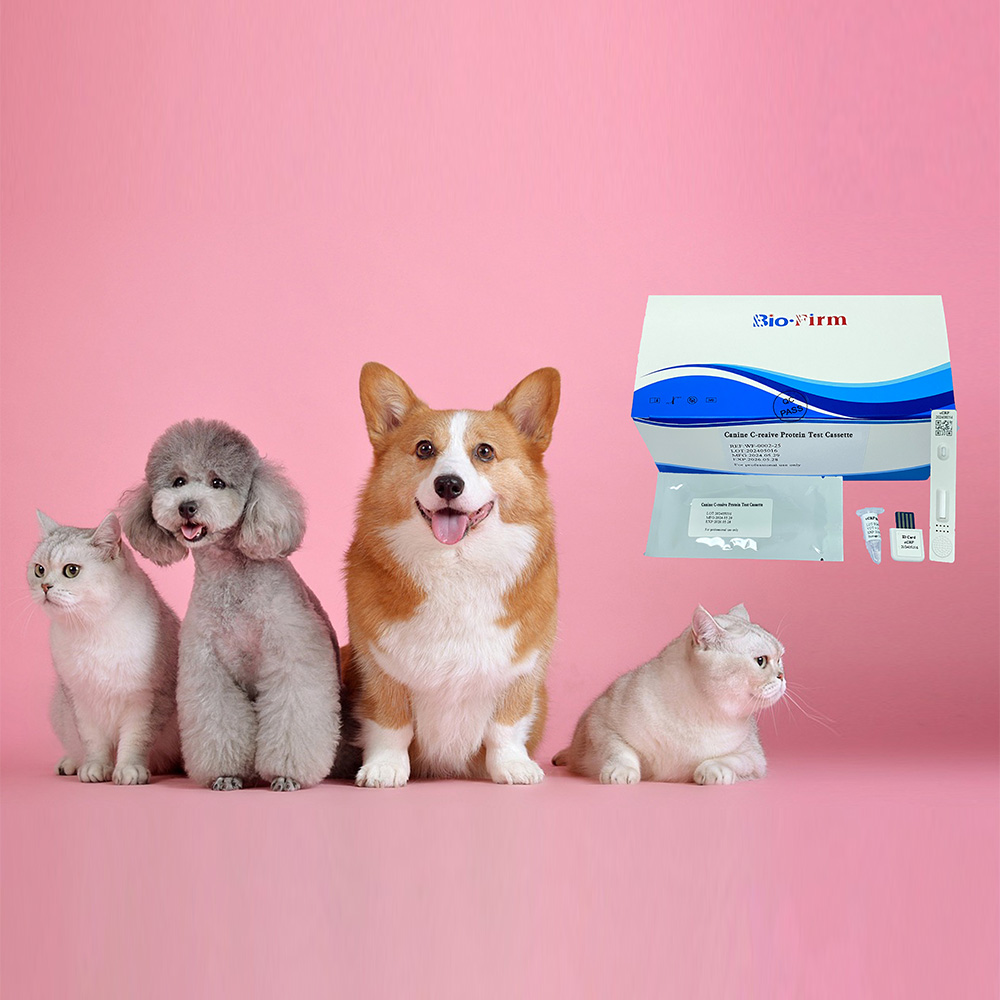Jul 01,2022
Ensuring the security and privacy of patient data on veterinary platforms involves implementing a combination of technical measures, policies, and best practices. Here are several ways in which veterinary platforms can protect patient data:
Technical Measures
Data Encryption:
Use strong encryption methods (e.g., AES-256) for data at rest and in transit to prevent unauthorized access.
Ensure that all communications between users and the platform are secured with HTTPS.
Access Control:
Implement robust user authentication mechanisms, including multi-factor authentication (MFA), to verify the identity of users.
Use role-based access control (RBAC) to limit access to patient data based on the user’s role within the veterinary practice.
Regular Software Updates and Patches:
Keep the platform software, including third-party components, up to date with the latest security patches.
Perform regular security assessments and vulnerability scanning.
Secure Backup Solutions:
Implement regular data backups and ensure they are stored securely.
Use encryption for backup data and test the restore process periodically.
Audit Logs:
Maintain detailed audit logs of all access and modifications to patient data.
Regularly review logs for suspicious activities or unauthorized access attempts.
Policies and Procedures
Data Privacy Policies:
Develop and enforce comprehensive data privacy policies that comply with relevant regulations and standards (e.g., GDPR, HIPAA).
Inform users about how their data will be collected, used, and protected.

Employee Training:
Provide regular training for staff on data security best practices, including recognizing phishing attempts and using secure passwords.
Ensure that employees understand the importance of data privacy and their role in maintaining it.
Incident Response Plan:
Establish a clear incident response plan for handling data breaches and other security incidents.
Regularly test and update the plan to ensure its effectiveness.
Best Practices
Minimize Data Collection:
Collect only the necessary data needed for veterinary services to reduce the risk of exposure.
Anonymize or pseudonymize patient data where possible.
Third-Party Vendor Management:
Conduct thorough security assessments of third-party vendors and ensure they adhere to the same security standards.
Establish data protection agreements with all third-party vendors.
Secure Development Practices:
Follow secure software development practices, including code reviews and static code analysis.
Integrate security testing into the development lifecycle (e.g., penetration testing, dynamic application security testing).
Compliance and Certification
Regulatory Compliance:
Ensure the platform complies with all relevant data protection regulations and standards applicable to veterinary practices.
Regularly review and update compliance measures in response to new regulations or changes in existing laws.
Certifications and Standards:
Aim for certifications such as ISO/IEC 27001 for information security management.
Follow industry best practices and frameworks (e.g., NIST Cybersecurity Framework).
Continuous Improvement
Regular Security Audits:
Conduct regular security audits and risk assessments to identify and mitigate potential vulnerabilities.
Engage third-party security experts to perform independent assessments.
User Feedback:
Encourage users to report any security concerns or potential vulnerabilities they encounter.
Act promptly on feedback to improve the security of the platform.
By implementing these measures, veterinary platforms can significantly enhance the security and privacy of patient data, ensuring that it is protected from unauthorized access, breaches, and other security threats.



 Español
Español
 Français
Français
 Deutsch
Deutsch
 عربى
عربى








